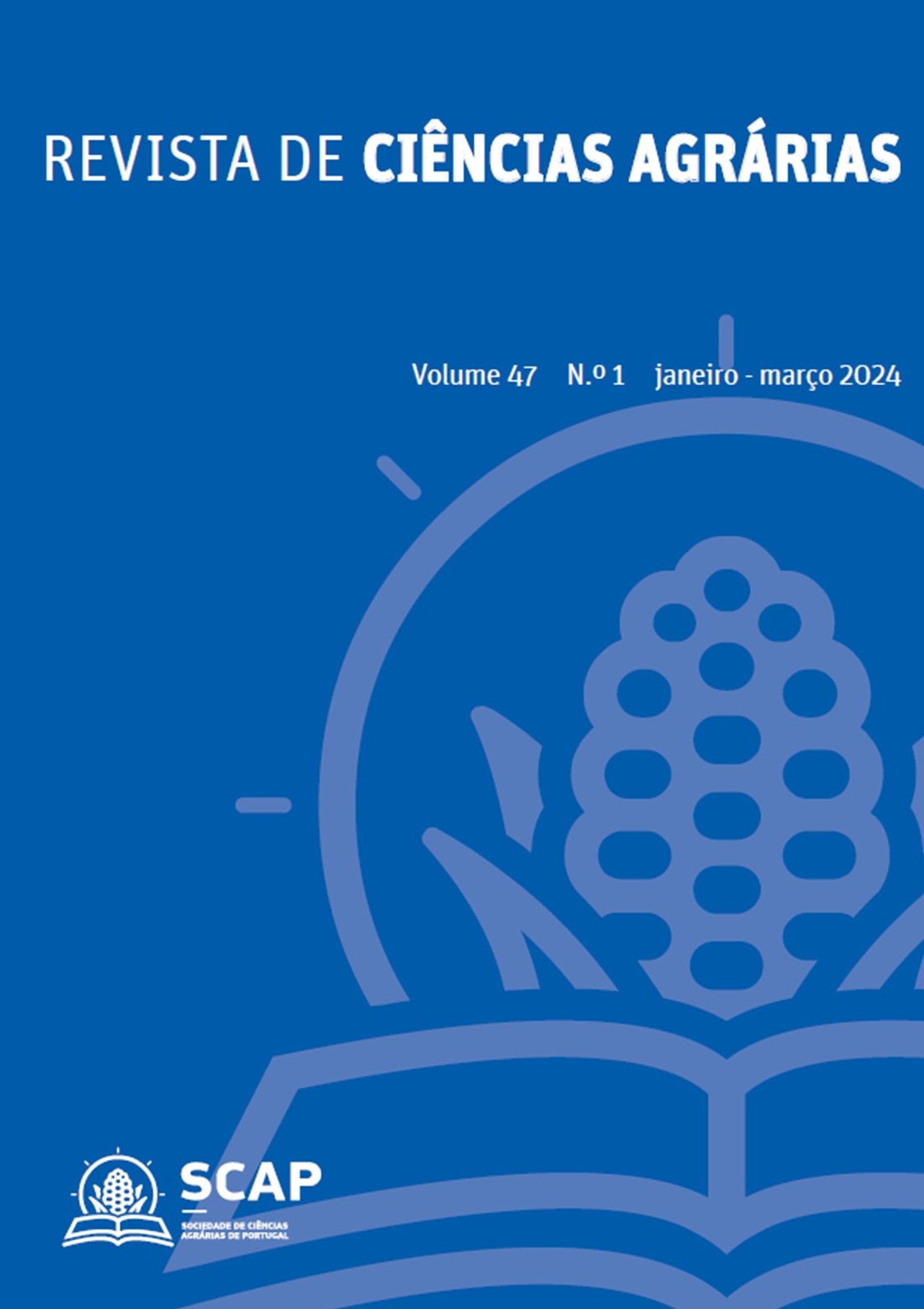Detection of crucifers in biodiversity margins of agricultural ecosystems through the analysis of drone images and architectures CNN
DOI:
https://doi.org/10.19084/rca.34859Abstract
The widespread loss of biodiversity in agricultural landscapes and ecosystems is a global concern. This loss is related to the intensification of agricultural practices, the inappropriate use of agrochemicals and the fragmentation of natural habitats. All of this affects plant diversity and has an impact on the functioning of the ecosystem, limiting ecosystem services. Promoting greater functional diversity in the margins of our crops is an achievable goal through the management of the resources offered by the weed flora. In particular, species of the Brassicaceae Burnett family (hereinafter referred to as cruciferous), play a fundamental role in agrosystems by attracting natural enemies of pests and providing nectar and pollen to pollinators. The objective of this study was to detect and estimate the floral resources offered by cruciferous plants in the presence of other weed species. To this end, an experiment was designed at the “La Poveda” farm (CSIC, Madrid) in 2023, in which up to 4 flights were carried out with a drone over the floral margins where three cruciferous plants of interest were found: Diplotaxis tenuifolia, Eruca vesicaria and Moricandia arvensis. These species represent some of the key functional traits of crucifers that are often present in our agrosystems. The detection of these species was carried out through the analysis of images captured by the drone and the implementation of convolutional neural network architectures. In this work, we present the first results of the models we are developing.


